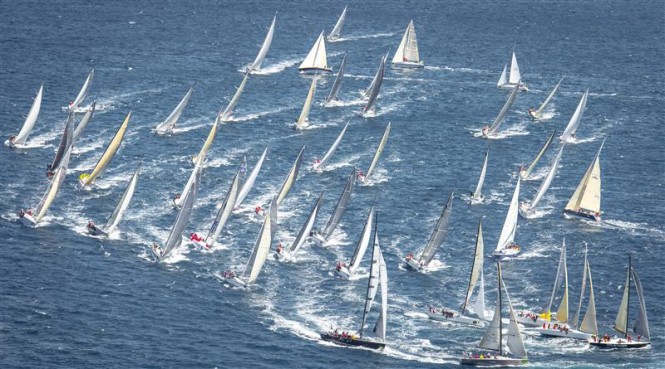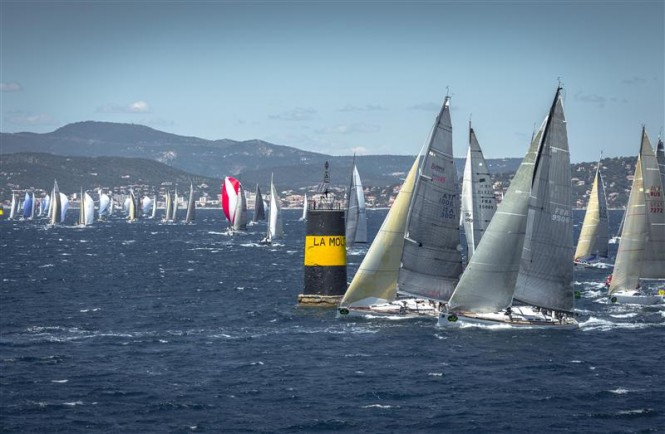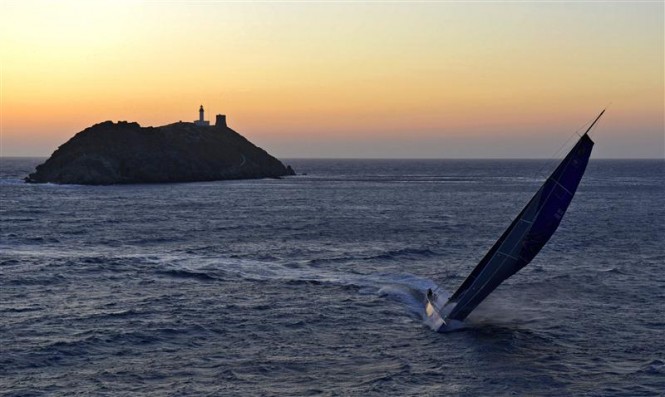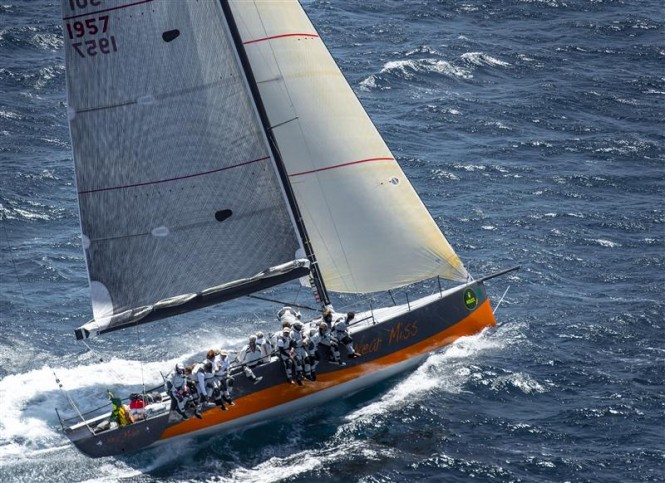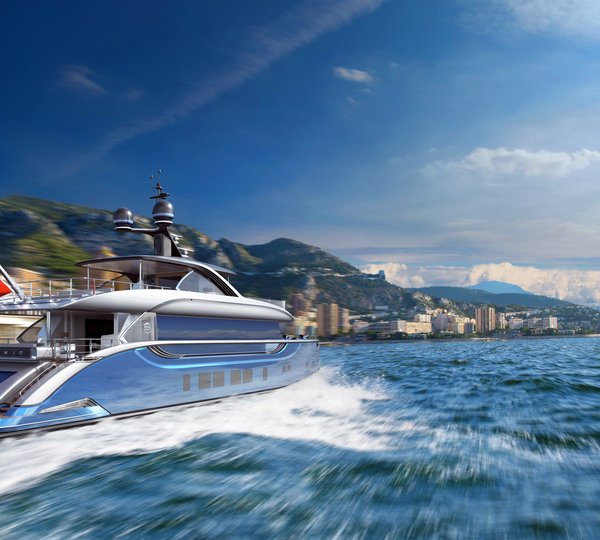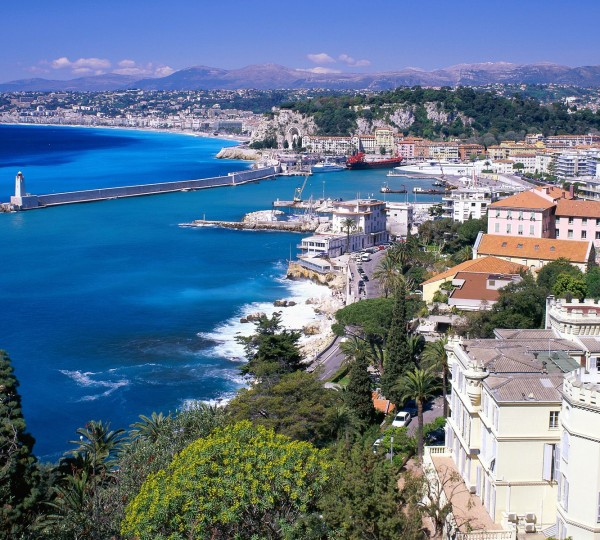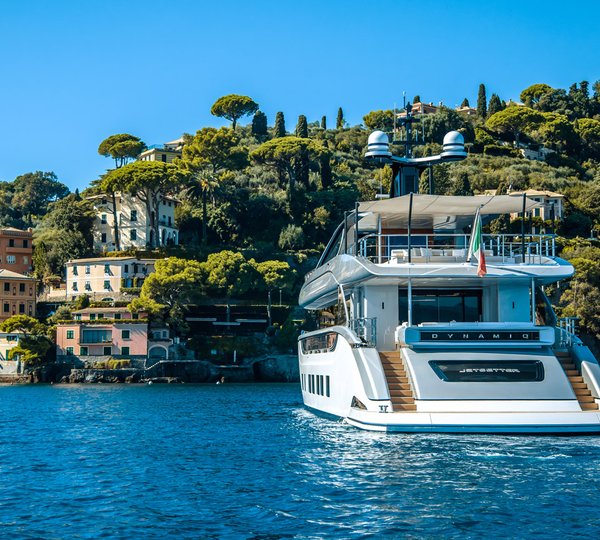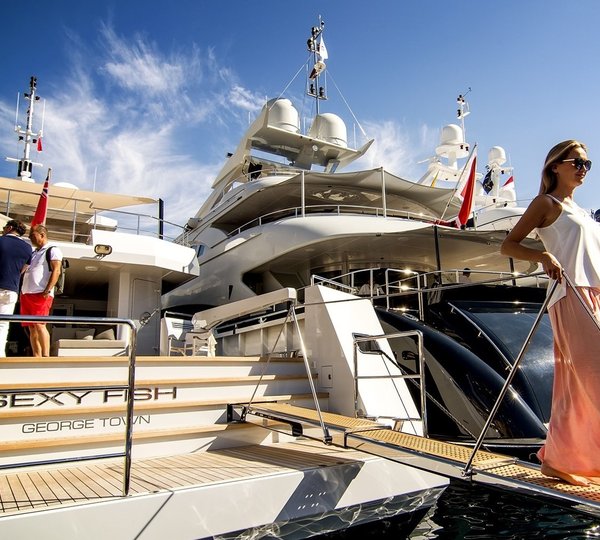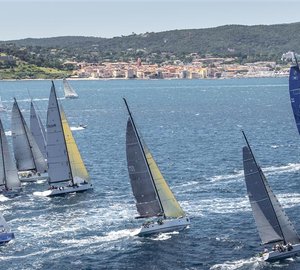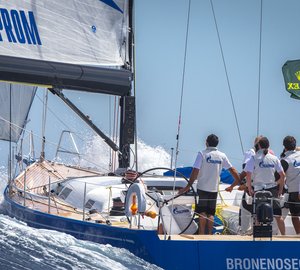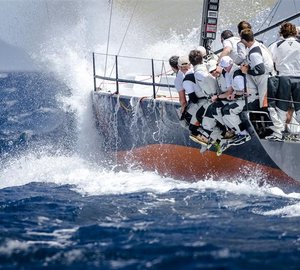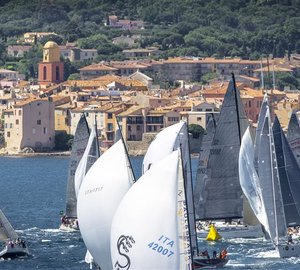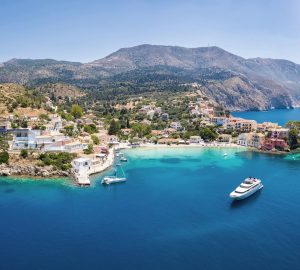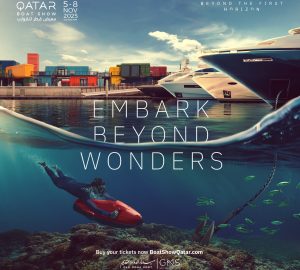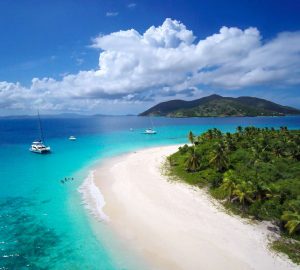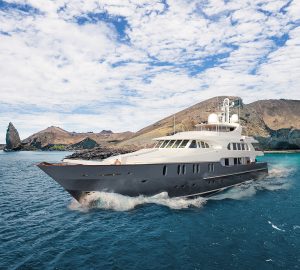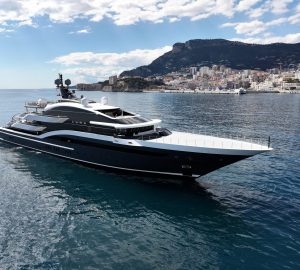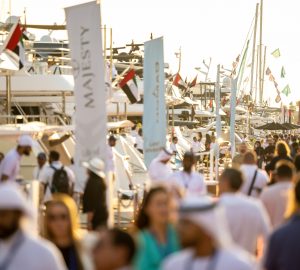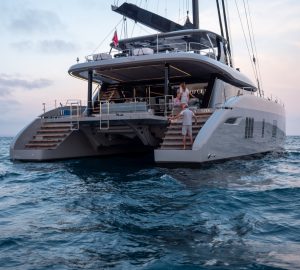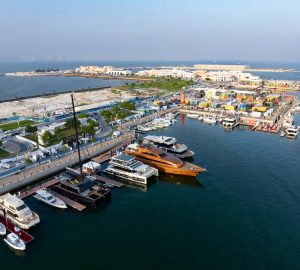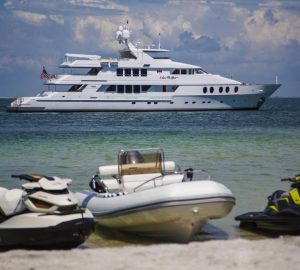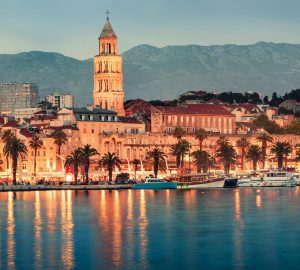The Mediterranean classic yacht race Giraglia Rolex Cup is celebrating its 60th anniversary this year, with fresh memories from the recently running 2012 competition which provided exciting conditions during a week’s competitive sailing, a course record that was not only beaten but pulverized, and an amazingly consistent as well as determined performance from the event’s overall winner.
This historic edition – running circa 242-nautical miles from Saint-Tropez, France to Sanremo, Italy – was eagerly anticipated and provided a poignant opportunity to reflect on the race’s evolution through the ages.
“The event is the oldest in the Mediterranean and its spirit comes from having a mixed fleet: from small, family-run boats to professional crews who have taken part in events like the America’s Cup,” reflected Carlo Croce, President of event organizers the Yacht Club Italiano and son of Beppe Croce, one of the race’s co-founders.
“This is the essence of the Giraglia Rolex Cup and it is important that it has not been lost.” The event has grown enormously. That first edition in 1953 welcomed 22 boats while in 2012, 170 yachts from eighteen different countries crossed the start line.
The choice of race course for the 2012 event was particularly significant: Sanremo was the arrival point for the first ever race when it commenced from Cannes, and the sailing paradise of Saint-Tropez provided the departure point for several of the early editions.
Saint-Tropez has been the permanent home for the start of the race since 1998 when Rolex commenced its involvement with the competition. At the time, ‘La Giraglia’ was a struggling giant and these two factors have aided its re-emergence as the most respected offshore race in the Mediterranean.
Race Record Smashed
Luxury yacht Esimit Europa 2 (SLO) arrived in Saint-Tropez with one mission in mind: to break the four-year old race record. Having claimed line honours in both 2010 and 2011, Igor Simčič and his pan-European crew were not satisfied with simply winning.
Esimit began as undisputed favourites for the line honours title and while most of the fleet contended three days of pulsating inshore racing, the team skippered by three-time Olympic gold medallist Jochen Schümann put its energy into preparing the 100-foot Maxi for the offshore race.
“With the conditions forecast, we think a 15-hour arrival is possible,” remarked Schümann shortly before the race. It seemed a bold statement. That prediction would have put Esimit Europa 2 three hours inside the time set by Neville Crichton’s Alfa Romeo 2 (NZL) in 2008. The plan soon came together. Esimit began well and was immediately ahead of the fleet. Conditions suited her. Thirty knots of breeze welcomed the race start and around 40 knots were present when Simčič’s crew rounded the race’s key strategic point – the Giraglia rock, located 1-nm north of Corsica. The record pursuit was on.
On reaching the rock at sunset, the crew made a crucial tactical manoeuvre as Schümann revealed: “We didn’t jibe around the Giraglia rock as it was so windy, so we tacked around just to make sure we didn’t break anything.” Prudence was rewarded and despite tamer conditions as Esimit Europa 2 approached Sanremo, the race record was demolished. The winning time was 14 hours, 56 minutes and 16 seconds – just over three hours ahead of the yardstick set by Alfa Romeo 2 – and only the sixth time in the last fifty years that the record has been broken. “Overall, we had fantastic conditions – it will be very difficult to beat this record,” confirmed Schümann.
Esimit Europa 2 has set the race record bar extremely high. Owner Simčič was thrilled both with setting a new record and in the process claiming a hat-trick of Giraglia Rolex Cup line honours victories. “It is clear that it being the 60th edition makes this Giraglia Rolex Cup even more special and to beat the record on the anniversary is a great honour. To obtain this result we needed some luck but, above all, good crew work and the right conditions.”
Not Miss-ing out
Ultimately, it was a big boat race. A few hours following Esimit Europa 2 superyacht’s arrival, three yachts arrived in Sanremo just 30 minutes outside the previous race record. Sir Peter Ogden’s 62-foot Mini Maxi yacht Jethou (GBR), recent winners of the Rolex Volcano Race, the Volvo Open 70 E1 (AUT) and Franck Nöel’s TP52 Near Miss (SUI) all impressed as they enjoyed their own match race towards the finish. On arrival, Near Miss moved to the top of the corrected time standings and was forced to play the waiting game as the remainder of the fleet attempted to surpass her time. As conditions drastically abated during the second day, nobody was able to close the gap and Near Miss was confirmed as the race’s overall winner.
The predominantly French crew enjoyed a great week, having also excelled during the inshore racing in Saint-Tropez. “It was an extraordinary race and we nearly beat Alfa Romeo’s record with a 52-ft boat,” reflected Nöel. “It was at the very limits of comfort, we got very wet! Near Miss is not a boat made for offshore racing, more for inshore, but we are very happy to have done it.”
Near Miss can count on the experience of America’s Cup yachtsman Karol Jablonski, who commented: “Conditions were very extreme but the team did an excellent job in preparing the strategy. We reached 28 knots and consistent speeds of 22-23 knots which is amazing for a TP52. The crew made a lot of efficient sail changes, making sure that the boat always went at the maximum speed possible according to the conditions.”
“We’ve tried four times before to win this event and we have always sailed well before not having much luck with the wind in the final stages of the race. We are very proud to have won this 60th edition of the race,” said Nöel after receiving a Rolex timepiece and the Rolex Challenge Trophy during the final prizegiving at the Yacht Club Sanremo.”
Frustration factor
The benign conditions in recent years have frequently frustrated the Maxi yachts (measuring over 60-ft) demonstrated by the fact that five of the last six winners have been boats measuring less than 50-ft. However, the elements this time around did not suit the smaller classes. Indeed, many crews failed to make it as far as the race’s first major juncture – La Fourmigue – due to the punishing 30-35 knots of breeze. Those who conquered the difficulties were later frustrated by relative weak conditions during the second day of the race. The statistics reveal the extent of the challenge: of the 170 offshore race starters, only 105 crews finished the race. Two former winners were among those unable to complete the race.
Ala Bianca, handicap winner of the 2006 edition of the Giraglia Rolex Cup
Camillo Capozzi triumphed with his weathered 33-ft Ala Bianca (ITA) in 2006. Before the offshore race departure he cut a forlorn figure: “This is my 21st Giraglia with Ala Bianca. However, this year we’ll suffer as the conditions are too strong for this boat.” So it proved, as Ala Bianca was forced to retire and contemplate the highs and lows of offshore racing.
Brothers Dominique and Michel Heyraud steered the 37-ft Foxy Lady (FRA) to success in 2011. They were realistic about their chances of repeating that triumph as Dominique revealed on the eve of the event: “Conditions are not the same as last year and nobody can expect to turn up and win the Giraglia Rolex Cup as there are shifting wind conditions that might not help all the boats. This year there is a lot of wind, and these are not great conditions for small boats like ours. Personally we’ll be motivated to do our best.” Unfortunately for Foxy Lady, a problem early in the race forced the crew to retire. They will be determined to make amends in 2013.
There was joy for some sub 40-ft yachts with Elanka II (SLO), Hakunamatata (ITA) and Symfony (RUS) all impressing in completing the course.
Stronger than ever
The 60th Giraglia Rolex Cup provided many headline moments, some dramatic sailing and a timely confirmation of the event’s appeal and quality. As the late Beppe Croce, one of the event’s founders, once reflected following the race’s inception: “The aim was to find something new and challenging, a rise in quality at an age when offshore racing was still characterised by family-organised competitions. There was a desire to give life to a real race, following the formula of famous international events like the (Rolex) Fastnet.” Sixty years later, that ambition has been realised – the Giraglia Rolex Cup is a benchmark in its own right.

